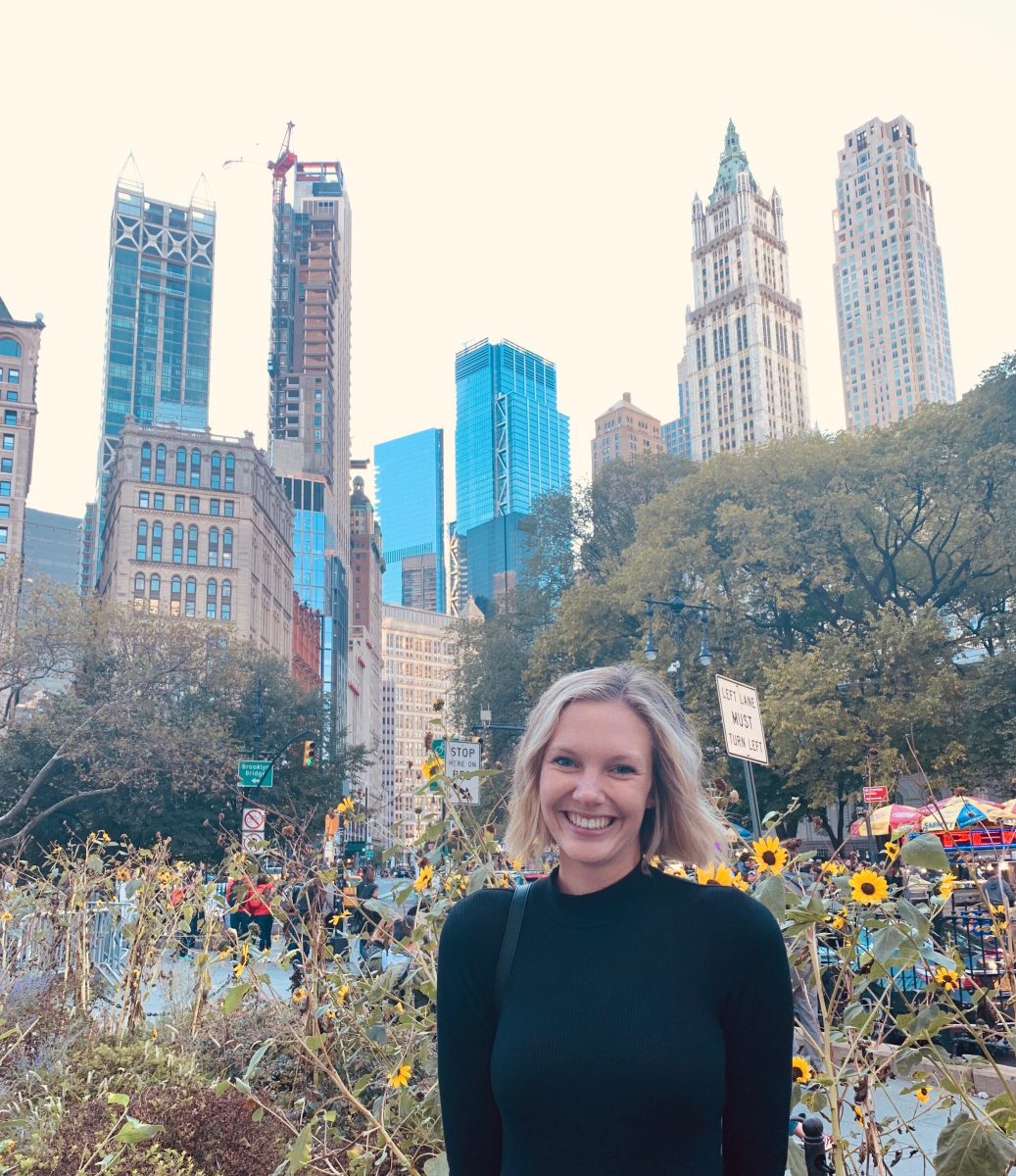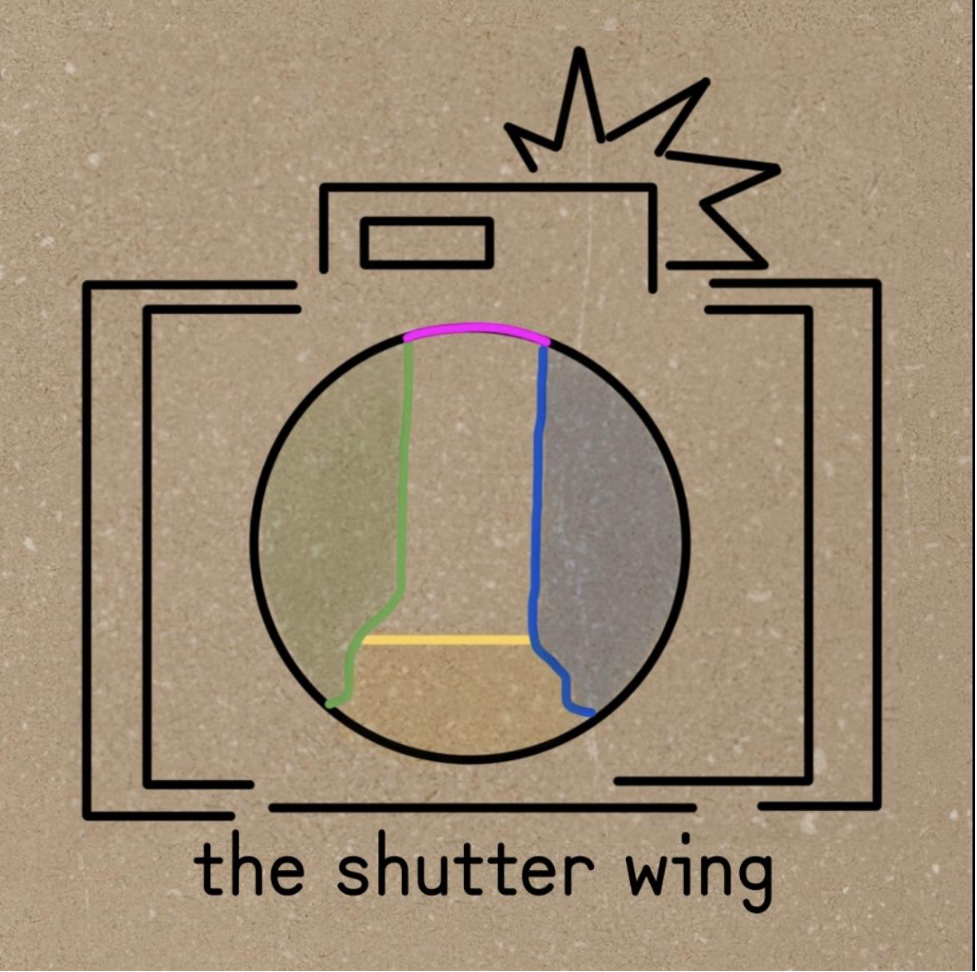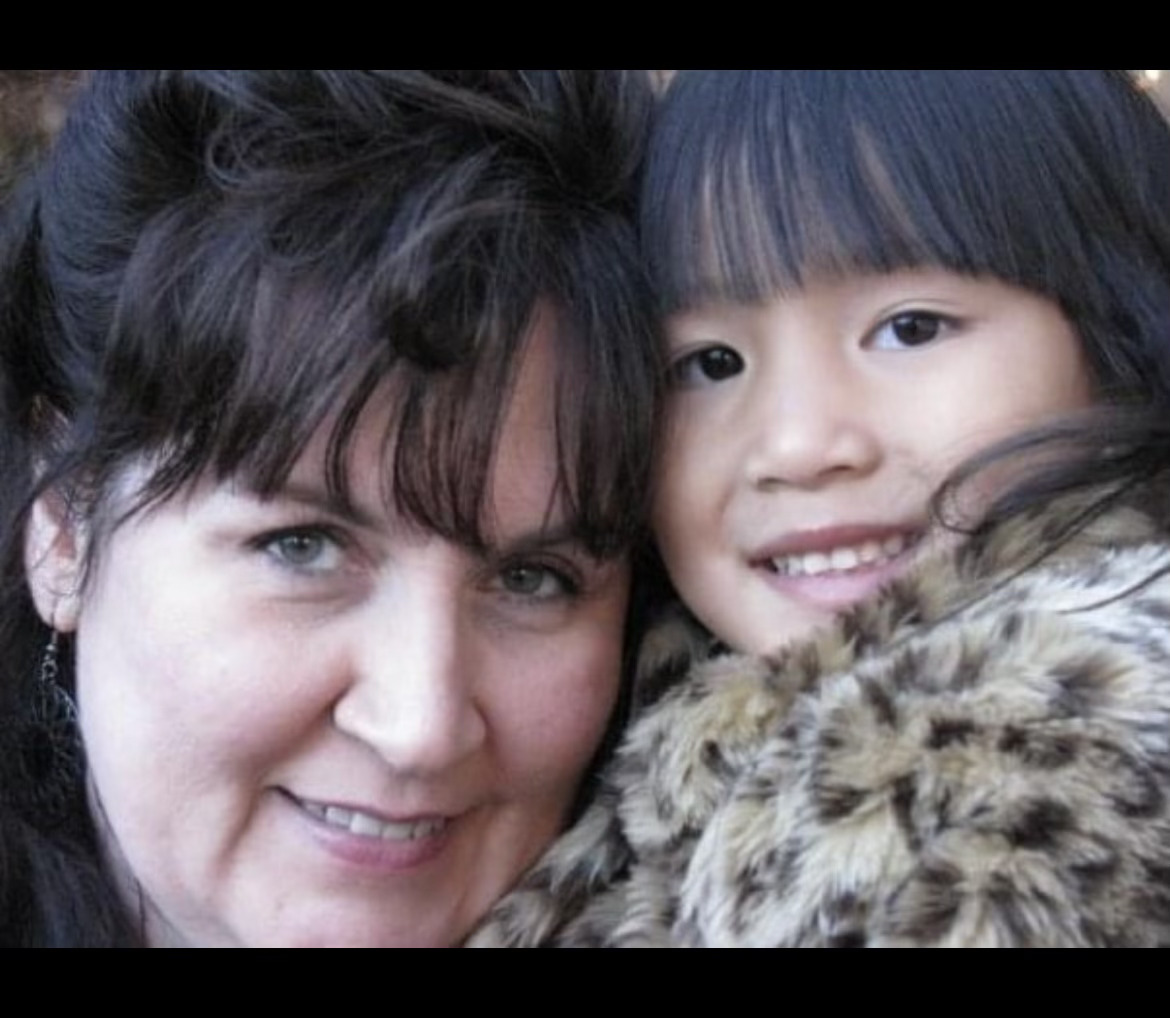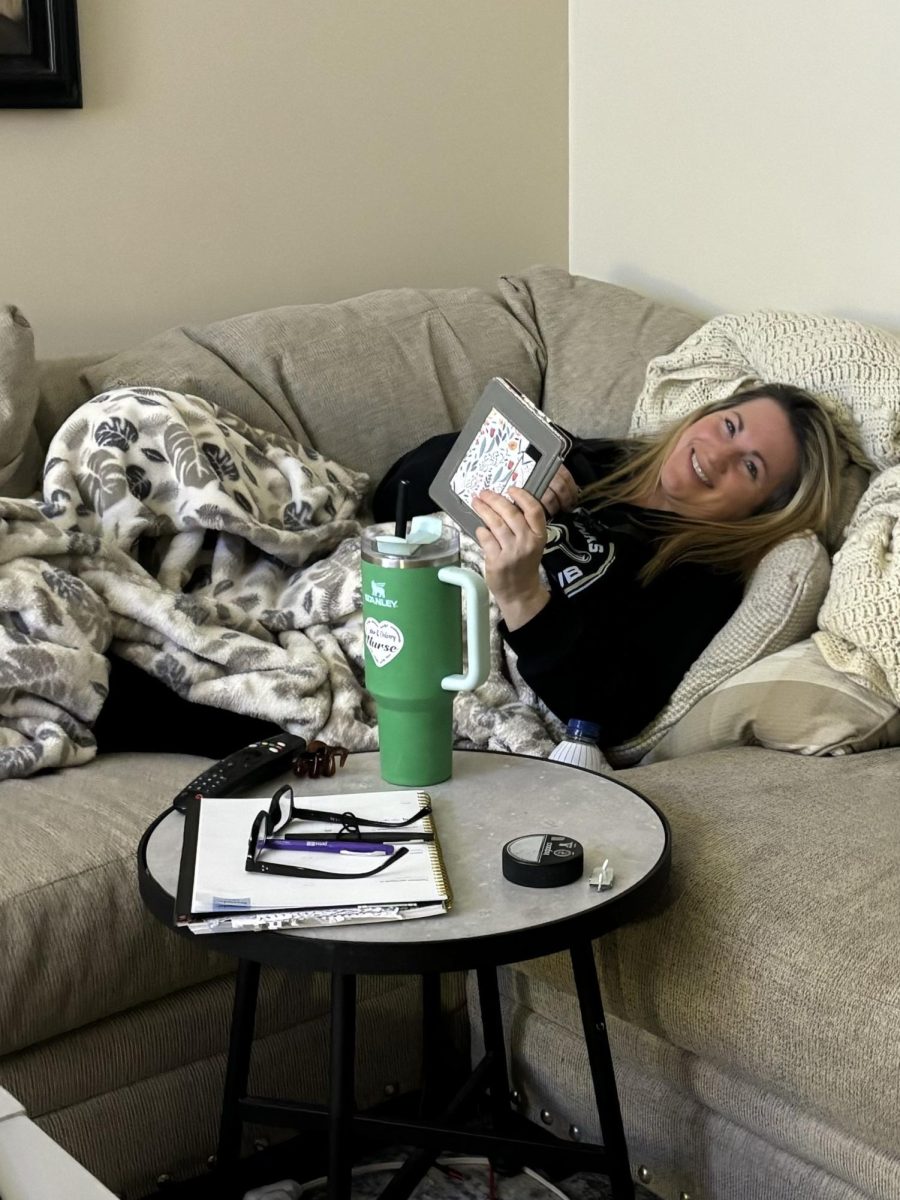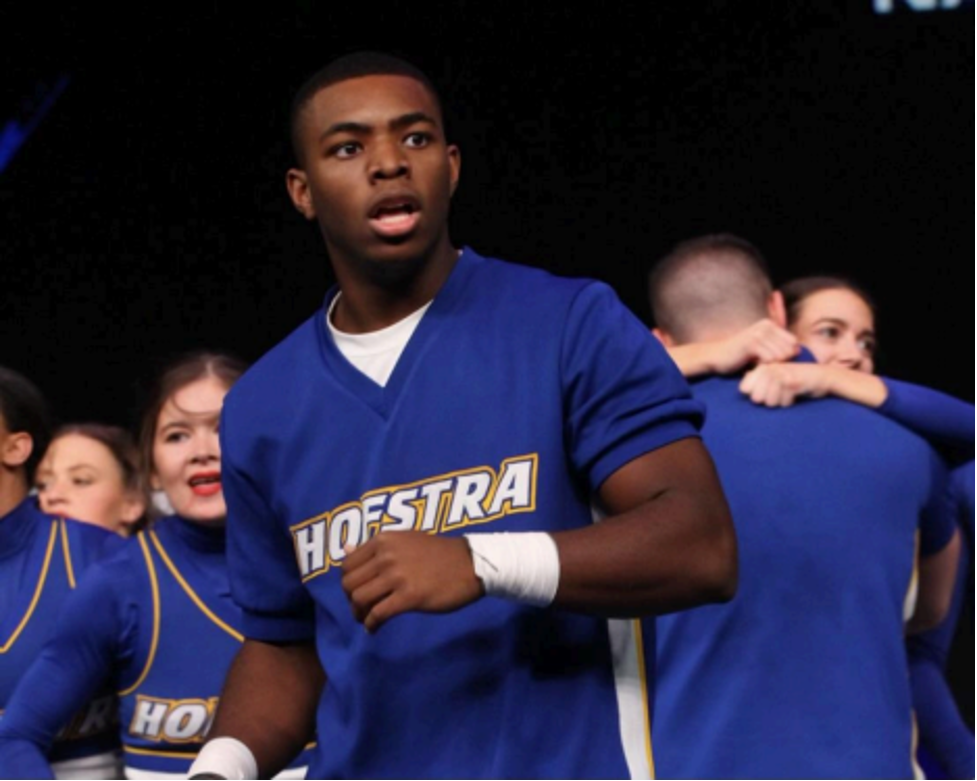Photo Courtesy of Odessa Stork
I didn’t make it to New York City much at all during my first two years of college. Most of the time, it was nothing more than a distant sunset skyline that I’d look out at while I was microwaving mac and cheese on the top floor of my dorm. Manhattan seemed like a world away from my suburban Long Island campus.
I didn’t really make it anywhere very much during my first two years of college. I had moved across the country from California by myself, and life kept handing me lessons about impermanence and resilience. It was a formative time, but somewhere along the way, I lost touch with myself. It turned out that Manhattan wasn’t what was so far away – instead, it was the version of me who could leave her dorm room, go out into the world and take a whole city by storm. She was out of reach entirely.
The start of my junior year marked a turning point. Suddenly, I was staring down the fact that I had less than two years left in college. I started making some changes that I thought would bring me closer to becoming the person I’d like to be. One of these took the form of a pact with myself: I would take trips into the city on my own whenever I could. I couldn’t take another evening spent looking out at that skyline and not knowing what experiences and adventures it could hold for me.
There was never something specific that I expected to get out of my days in the city. The only intention was to throw myself into uncertainty with the hope that it would test me or teach me something. For the most part, I was unfamiliar with Manhattan’s geography. I was OK with the Long Island Railroad but terrified of navigating the subway, and I needed to have Google Maps turned on almost always when I was walking around. I didn’t know what restaurants I could stroll into as a party of one without getting weird looks from fancy waiters.
I started going whenever I could. It was clumsy at first. I remember one Saturday in October when I had the (not so) fantastic idea to walk all the way from Penn Station to the Metropolitan Museum of Art. It took me about 1 hour and 20 minutes, and the GPS on my phone sent me on this weird route through Central Park that felt like an impossible maze of hills and dead ends.
Looking back, it seems incredibly impractical and not that smart, but it didn’t matter – all that mattered was that I was going out and doing it.
Art museums and new restaurants became my favorite places to visit each trip. I fell in love with Chelsea after visiting the Whitney Museum of American Art and the Highline. I ended up going back to Chelsea several times because it just seemed like there was always something new to see there. I’d wander in and out of dozens of galleries, quietly greeting the receptionists and making silent judgements in my head about the art on the walls.
I’d research cool cafes and brunch spots near my destination the night before each trip, and soon enough, I started looking forward to treating myself to new places and experiences. I became comfortable with the silence of traveling solo, and I liked the way I could slip in and out of any space, street or train station without an audience.
On the surface, the stories of these trips might seem like nothing more than a mess of walking too many miles, getting lost, somehow always wearing the wrong thing for the weather and ending up exhausted. And on the surface, that’s exactly what they were. But those trips ended up meaning so much more.
The city doesn’t care about your problems. The city doesn’t care that you’ve been walking for miles, or that you forgot to pack an umbrella. And it certainly doesn’t care about the baggage that you carry, or if you’re facing adversity.
It sounds harsh, but it was the most comforting thing in the world. When I walked down crowded streets and promenades, I was just one person in a sea of people who all have realities just as intricate as mine. I was humbled by the intangible hum of the city, this life force that makes you feel both completely surrounded and completely alone at all times. It reminds you how small you are, but it also reminds you that there’s always space for you on a park bench or in a restaurant booth, if you want it. The city welcomed me with open arms in the sense that it always held that space for me, but there was never an invitation. It was up to me to go and get it.
In these spaces, I found myself again. I learned to see the value in my own company. I realized that I wasn’t just a passive observer of all the noise, light and color that makes up the city, I was a tiny moving part within it. That realization helped me so much on a personal level.
The last time I went to the city was in February, but I didn’t know that at the time. I was already daydreaming about the picnics I’d have in Central Park when the weather got warmer.
Since then, I’ve only seen the city in the news. Photos of a completely empty Times Square sit beside headlines about stay-at-home orders, daily death tolls and struggling healthcare workers, and even though the streets and buildings look exactly like they always have, the city itself looks completely alien to me. New York isn’t some big, unwavering structure – when you strip it of all its people, its tiny moving parts, it is unrecognizable.
I feel like crying every time I see these photos of empty streets, but at the same time I realize something special: New York’s intangible energy is created by millions of people who feel just like I did when I first started exploring – like tiny little specks in the bigger scheme of things.
I’d feel like a poser to call myself a New Yorker, but I do feel incredibly special to be able to say that I’ve experienced the city as much as I have, and that my existence has contributed to its collective energy even a little bit.
My heart goes out to New Yorkers and to the city, and every day I look forward to returning to the place that has taught me so much.

